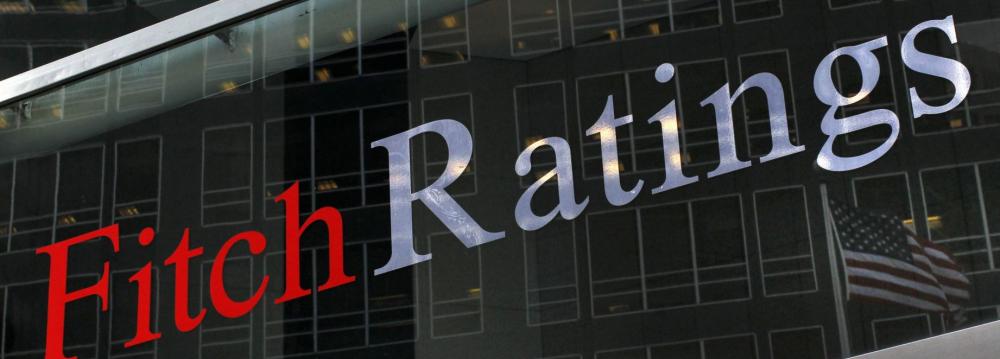Fitch Ratings’ outlook for the Chinese banking sector in 2017 is negative, saying that weak profitability and strong credit growth will keep capitalization under pressure. High and rising leverage in the corporate sector remains a key risk facing China’s banks.
China’s debt-resolution timeline is being pushed back by measures to lessen the debt burden on corporate borrowers—including low interest rates, loan rollovers, debt-for-equity swaps and a loosening of prudential controls. Leverage will continue to increase, especially at the corporate level, as long as there is reliance on credit to support GDP growth targets, FXStreet reported.
“We have revised up our estimates for growth in leverage, with Fitch-adjusted total social financing/GDP now likely to reach 258% by end-2016 and 274% by end-2017,” it said.
The authorities’ attempt to boost household lending may help to diversify risks. Household lending is relatively safe compared with corporate lending—given low loan-to-value for mortgages, low household leverage and a high savings rate.
However, rapid mortgage growth is driving sharp increases in residential property prices, and has the potential to fuel a further increase in corporate leverage since corporate borrowers use real estate as collateral to secure lending. Furthermore, policy guidance for banks to extend lending to struggling borrowers in over-capacity sectors also weighs on the banks’ risk-management and governance.
Fitch expects NPL and ‘special mention’ loan ratios to continue rising in 2017. Bank profitability will remain lackluster and under pressure, owing to another likely cut in the benchmark one-year lending rate and further migration of deposits toward wealth management products. WMPs now account for 17% of system deposits, and are a source of funding and liquidity risks for the banking sector.
Our forecast of flat profit growth and a double-digit increase in risk-weighted assets suggests that capitalization will remain under pressure.
Fitch’s previous research estimates that a one-off resolution of the debt problem would currently result in a capital shortfall of 7.4 trillion-13.6 trillion yen ($1.1-2.1 trillion)—equivalent to around 11%-20% of GDP. The capital gap could rise further if current rates of inefficient credit are sustained and no additional capital is raised.
The Viability Ratings of Chinese banks range from ‘bb’ to ‘b’, which reflects Fitch’s base case of varying-but-significant risks to capital and asset quality. These risks will linger unless there is a shift to a more stable operating environment, characterized by slower credit growth and higher loss-absorption buffers.
Capital Outflows Continuing
Chinese renminbi is once more flowing out of China and this should continue well into next year, analysts said on the back of a stronger US dollar and a new US president who has threatened protectionist measures.
Official data shows that China’s once ballooning foreign exchange reserves last month fell to their lowest level in more than five years to reach $3.121 trillion, with a monthly decline of $45.7 billion in October, as the central bank intervened massively to support the currency.
RMB has been flowing out of China for over one year as companies deleverage their debts and diversify investments on the back of a weaker currency. They are also buying overseas assets in the form of technology and foreign companies.
Over the past 18 months, the central bank has artificially been supporting the Chinese currency by selling forex reserves and limiting outflows with stricter oversight on outbound transactions.
“Regardless of the cause, it is clear that capital outflows have crept up recently. This is putting pressure on the People’s Bank of China which has had to step up intervention. The strength of the dollar since the US election will have added to this pressure,” said Julian Evans-Pritchard with Capital Economics.
The RMB has fallen nearly 5% since mid-March and reached an eight-year low mid-November.
The drop has quickened since the end of the G-20 summit ahead of which the central bank propped up the RMB to avoid any instability.
In September this year, senior officials at China’s foreign-exchange regulatory agency said that they would enforce stricter regulations on companies trying to circumvent capital controls and take funds offshore.


